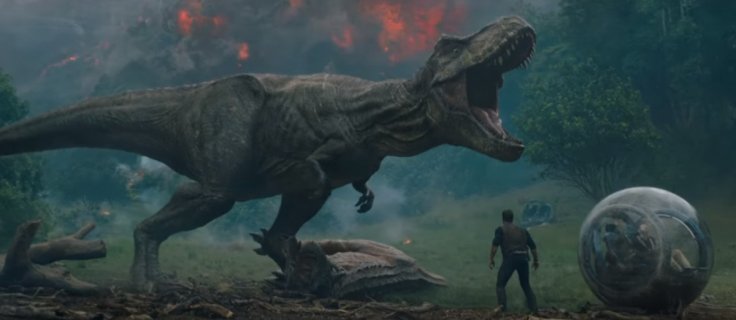
Tyrannosaurus Rex, also known as T-Rex dinosaurs are one of the most dangerous predators ever to roam on the earth's surface. Even though these creatures went extinct around 66 million years ago, fossilized remains of these giant predators have helped scientists to know more about their appearance and traits. Now, a new study has suggested that T-Rex dinosaurs had an inbuilt air conditioner in their head.
Being a giant active predator, the mighty Tyrannosaurus rex needed some technique to cool their body, and this was successfully achieved with the help of two large holes in its skull that performed the function of an internal air-conditioning unit.
Earlier, scientists believed that these two large holes were filled with muscles, and the new research proved that these cavities served the purpose of a body air-conditioner. The research team that conducted this new study suggested that these cavities were filled with blood vessels, and it helped these giant creatures to regulate their body temperatures.
Scientists made this conclusion after analyzing the skulls of alligators and found that they have blood vessels in these cavities.
"An alligator's body heat depends on its environment. We noticed when it was cooler and the alligators are trying to warm up, our thermal imaging showed big hot spots in these holes in the roof of their skull, indicating a rise in temperature. Yet, later in the day when it's warmer, the holes appear dark, like they were turned off to keep cool," said Kent Vliet, a researcher at the University of Florida in Gainesville and the co-author of the study, BBC reports.
A few months back, a team of researchers at the Chinese Academy of Sciences had discovered a very tiny dinosaur in northeastern China. Interestingly, this dinosaur, that weighed just 300 grams had bat-like wings, and experts believe that these tiny creatures might have flown across the skies during the Jurassic era.









